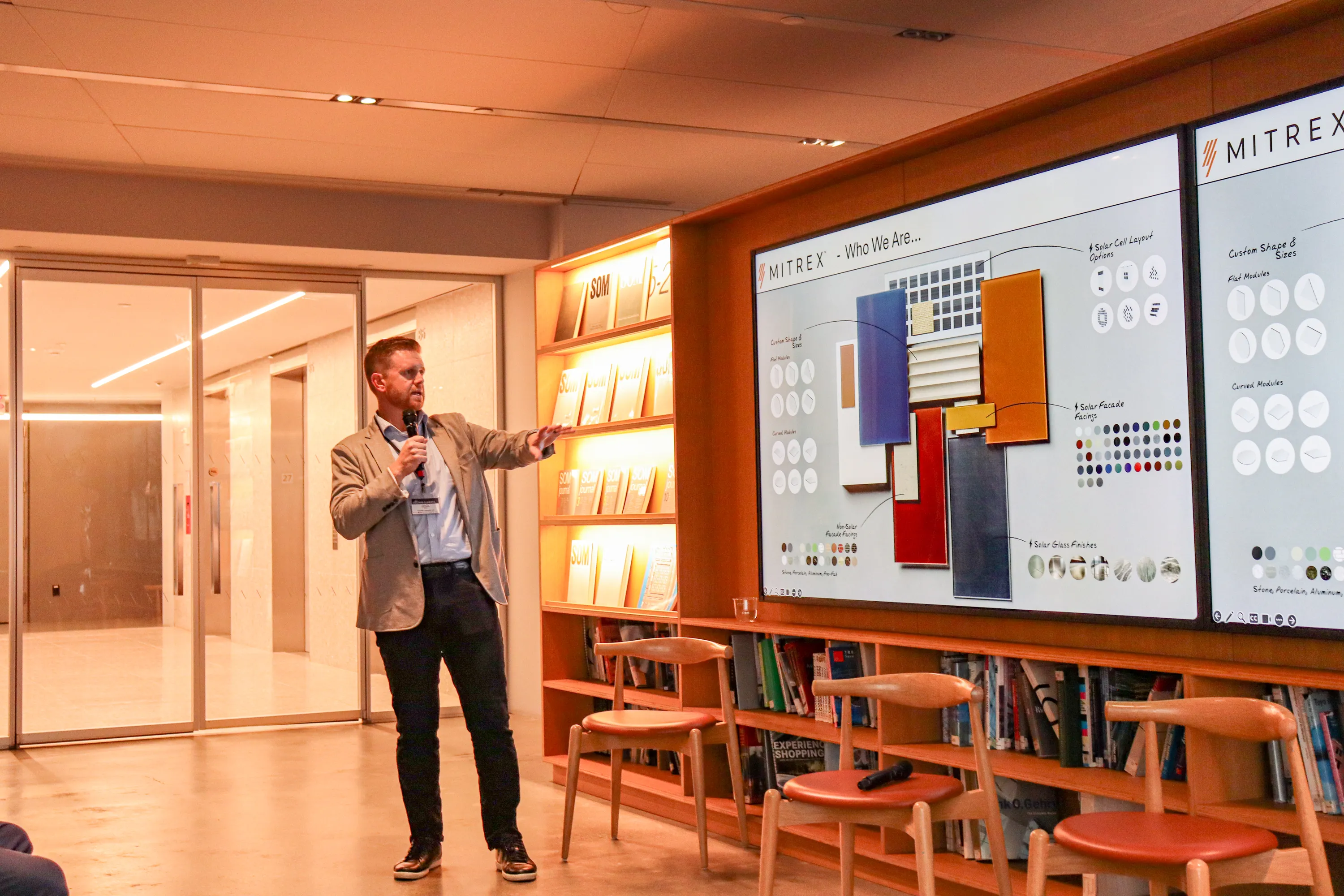Executive Overview
Institutions are sequencing end-of-life replacements, tuning operations, and phasing electrification to deliver immediate carbon cuts and budget relief without waiting for mega-capital programs. These near-term moves create the proof points that unlock governance support and future funding.
Shared ambient loops, geothermal fields, and waste-heat transfers are decarbonizing multiple buildings at once and avoiding stranded reinvestment in high-temperature systems. District approaches work best where anchor loads and mixed uses allow continuous energy exchange.
Power purchase agreements, tax credits, and demand-response revenue are being stacked to convert climate goals into executable projects. Outcomes accelerate when facilities, finance, and leadership agree on metered performance and a long-range replacement plan.
Facades, airtightness, and ventilation drive demand reduction that makes electrification cheaper and more reliable. High-performance envelopes limit outage risk and prevent oversizing of heat pumps and distribution systems.
Treating buildings as material banks is moving from pilot to practice through early deconstruction planning, reuse specifications, and targeted salvage of high-impact materials. Circularity is risk management as much as sustainability.
Data transparency and automation cut 15–20 percent of energy use quickly while turning flexibility into revenue during grid stress. Digital readiness bridges the gap between design intent and day-to-day operations.
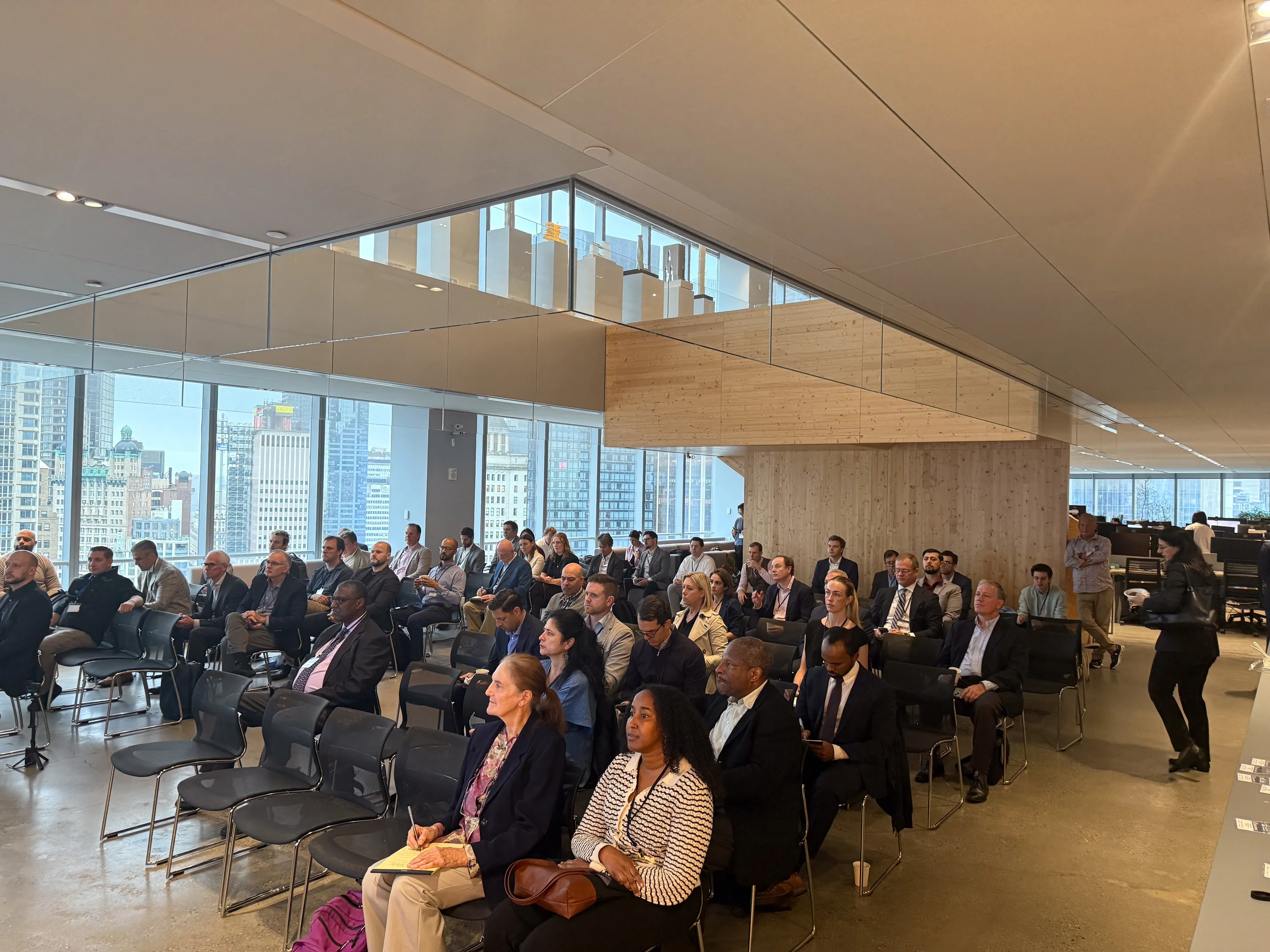
Decarbonization on campus is no longer an abstract goal. It has become a calendar of shutdown windows, a queue of work orders, and a stack of invoices that either compound risk or reduce it. Universities face the same constraints as small cities—aging central plants, complex occupants, and tightening regulations such as Local Law 97—but they also control a full ecosystem of buildings, streets, and systems that can be tuned as one.
That control makes higher education a proving ground for the next decade of urban decarbonization. The most effective institutions are reframing climate work as disciplined infrastructure renewal: replace what is failing, optimize what exists, and only then deploy transformative systems. The following themes distill field-tested strategies shared under Chatham House rules at a Decarb Summit, with a focus on what leaders can execute now and how to scale those results across districts.
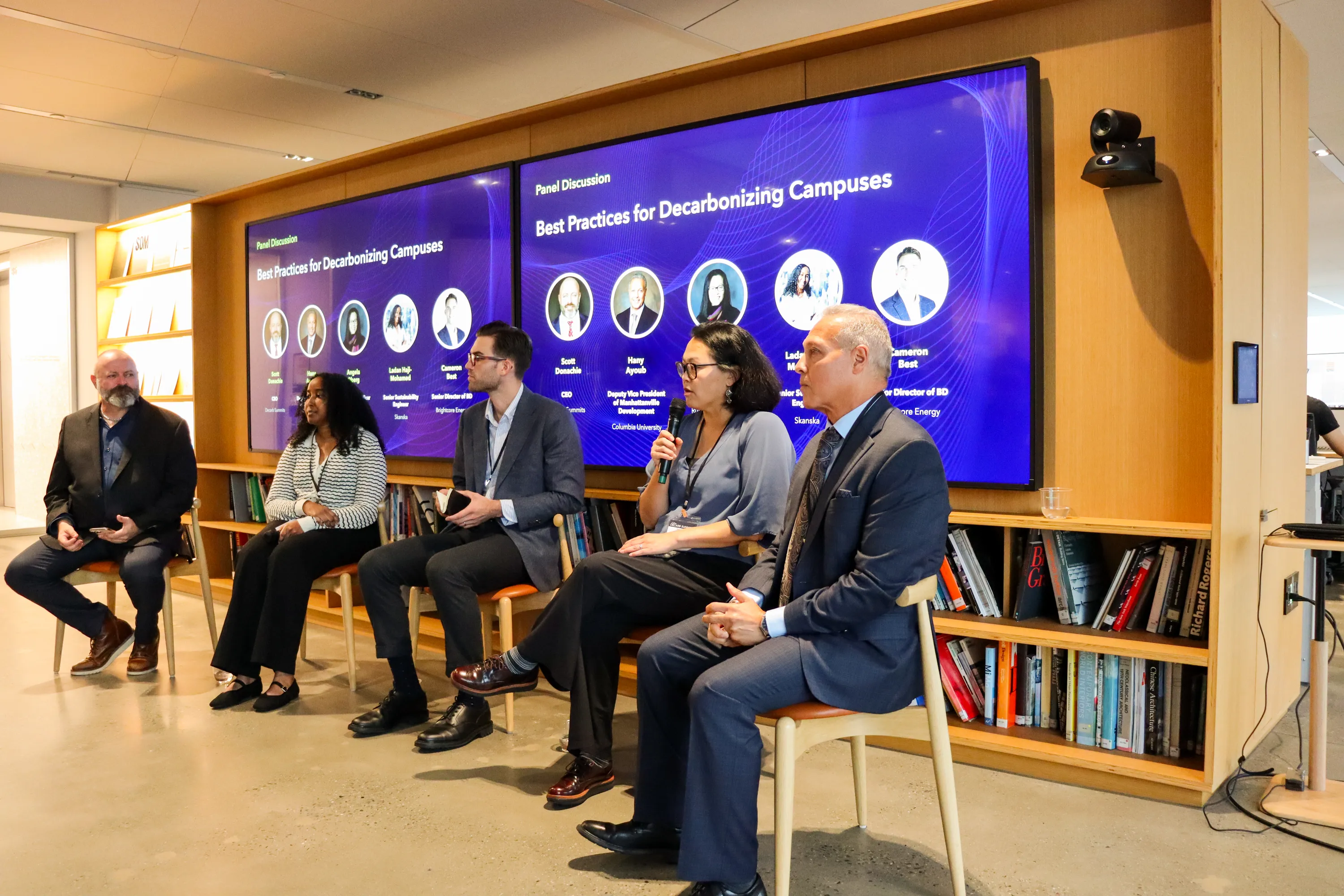
The highest leverage decision is often the simplest: fix what is broken. Institutions that begin with comprehensive audits, prioritized life-cycle cost analyses, and targeted operations tuning are banking real reductions before major capital lands. The risk is analysis paralysis while fines, energy costs, and failure risks grow; the reward is measurable savings and compliance headroom that buy time for deeper work. In practice this looks like ranking buildings by electrification readiness, replacing end-of-life equipment with electric-ready alternatives, and using every maintenance cycle to right-size loads.
A recurring lesson is to “phase for proof.” Teams identify 5–10 buildings where load reduction and controls optimization will deliver visible results in the first year. Those wins are paired with medium-term work on distribution upgrades and envelope improvements, keeping future options open for geothermal or ambient loops. Another lesson is to squeeze the existing building management system: submetering, setpoint discipline, sensor coverage, and basic repairs can trim double-digit percent energy use with little disruption. Ultimately, pragmatism is not a retreat from ambition. It is how capital discipline, compliance, and credibility converge, setting up the bigger campus-scale moves that follow.
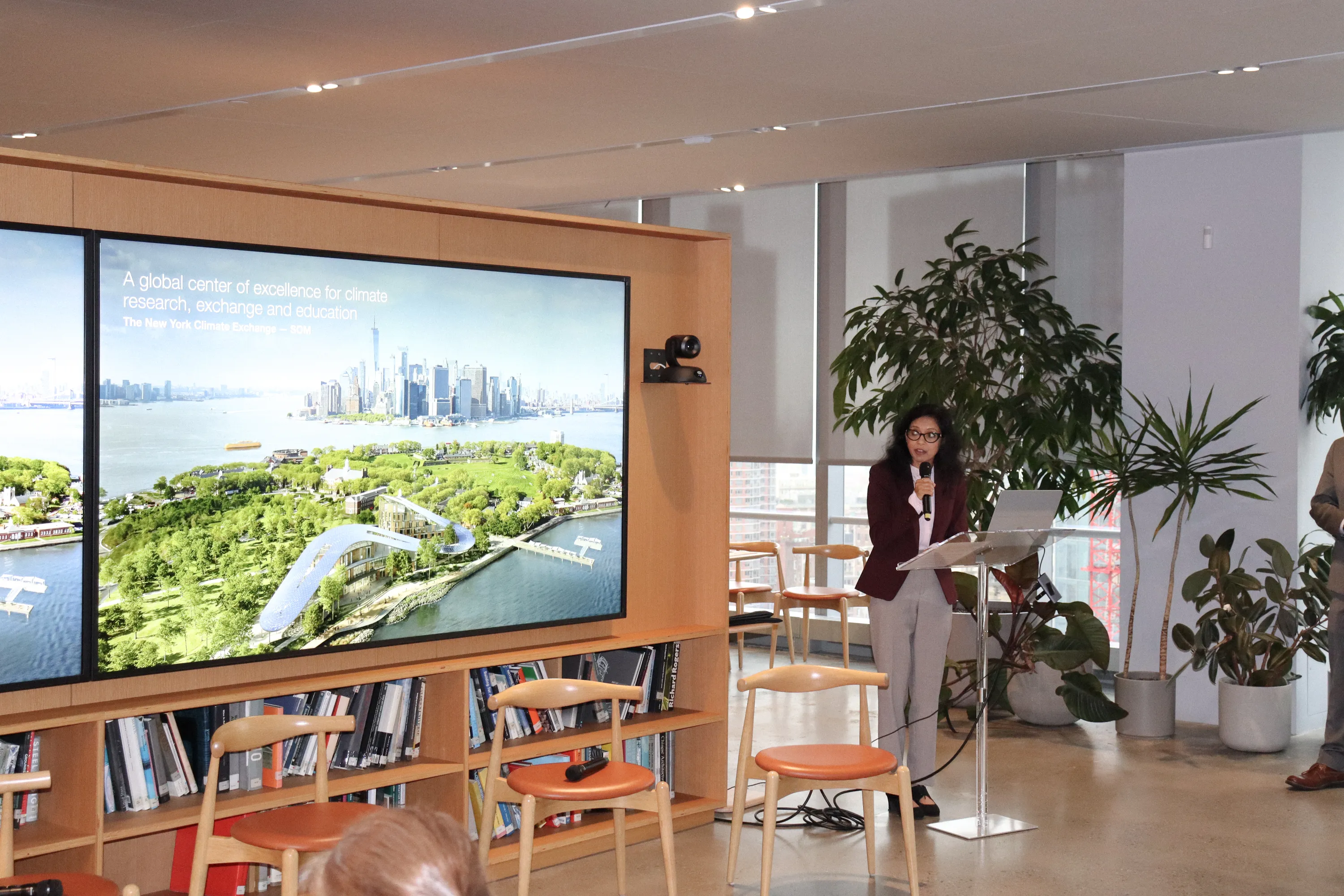
When the conversation shifts from single buildings to systems, shared thermal infrastructure becomes the core strategy. Ambient-temperature distribution, geothermal borefields, and waste-heat recovery allow campuses to move heat where it is needed and store it when it is not. The central risk is reinvesting in high-temperature steam or one-for-one gas replacements that will be stranded as policies tighten. The reward is a modular network that decarbonizes many buildings at once while lowering long-run operating costs.
District projects work best where there are anchor loads and mixed uses. Labs, residences, data centers, and athletics facilities create complementary profiles that support energy exchange across seasons and hours. Successful efforts start with a map: co-located buildings grouped into hubs, an inventory of waste-heat sources, and rights-of-way that can carry new piping. Ambient loops reduce trenching cost and material complexity, and they enable plastic piping and uninsulated distribution where codes allow. Teams also anticipate temperature flexibility, accepting hybrid configurations where legacy systems persist temporarily while new loops expand in phases.
Policy and incentives are accelerating this model. Where utilities can offer thermal service or where tax credits now cover full geothermal systems, campus economics shift. The design directive is clear: avoid lock-in, over-specify for flexibility, and pursue networks that can cross property lines as partnerships mature. That technical and governance scaffolding depends on money that is predictable, layered, and tied to measured performance.
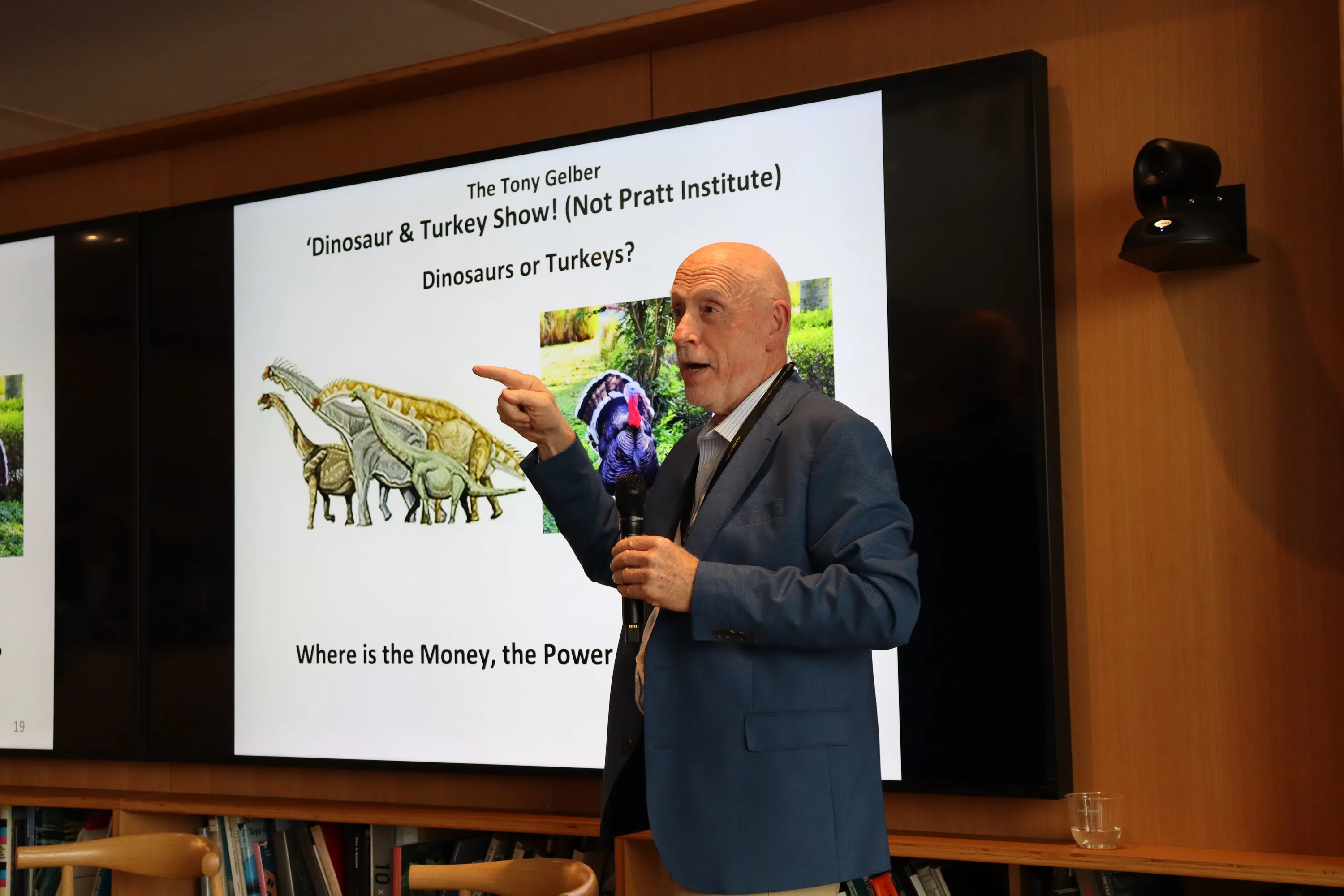
Technology is not the bottleneck. Capital is. The institutions moving fastest use financial structures that match long-lived thermal assets to multiyear cash flows, while keeping balance sheets nimble for core academic needs. The risk is stranded ambition: plans that look elegant in masterbooks but cannot clear internal thresholds or state procurement hurdles. The reward is a financing stack that converts goals into shovel-ready projects.
Several trends recur across successful programs. First, power purchase agreements push solar and sometimes geothermal off the capital plan while delivering immediate operating savings. Second, tax credits and direct-pay provisions are now material for renewable thermal, shifting total cost of ownership in favor of electrification. Third, demand-response programs turn operational flexibility into recurring revenue that can fund efficiency work and metering. Each dollar that comes back creates a flywheel: more data, more savings, more internal credibility with boards and budget offices.
Governance alignment is the multiplier. Facilities, finance, and executive leadership need a shared roadmap with verifiable milestones and a replacement schedule that ties to compliance timelines. Long-range planning over 20–30 years gives decision-makers a view of future liabilities, so that near-term choices do not foreclose later steps. Where performance guarantees or service contracts are used, the key is to align incentives around measured outcomes, not hardware counts. With money and accountability aligned, design can focus on what matters most: reducing demand before buying supply.
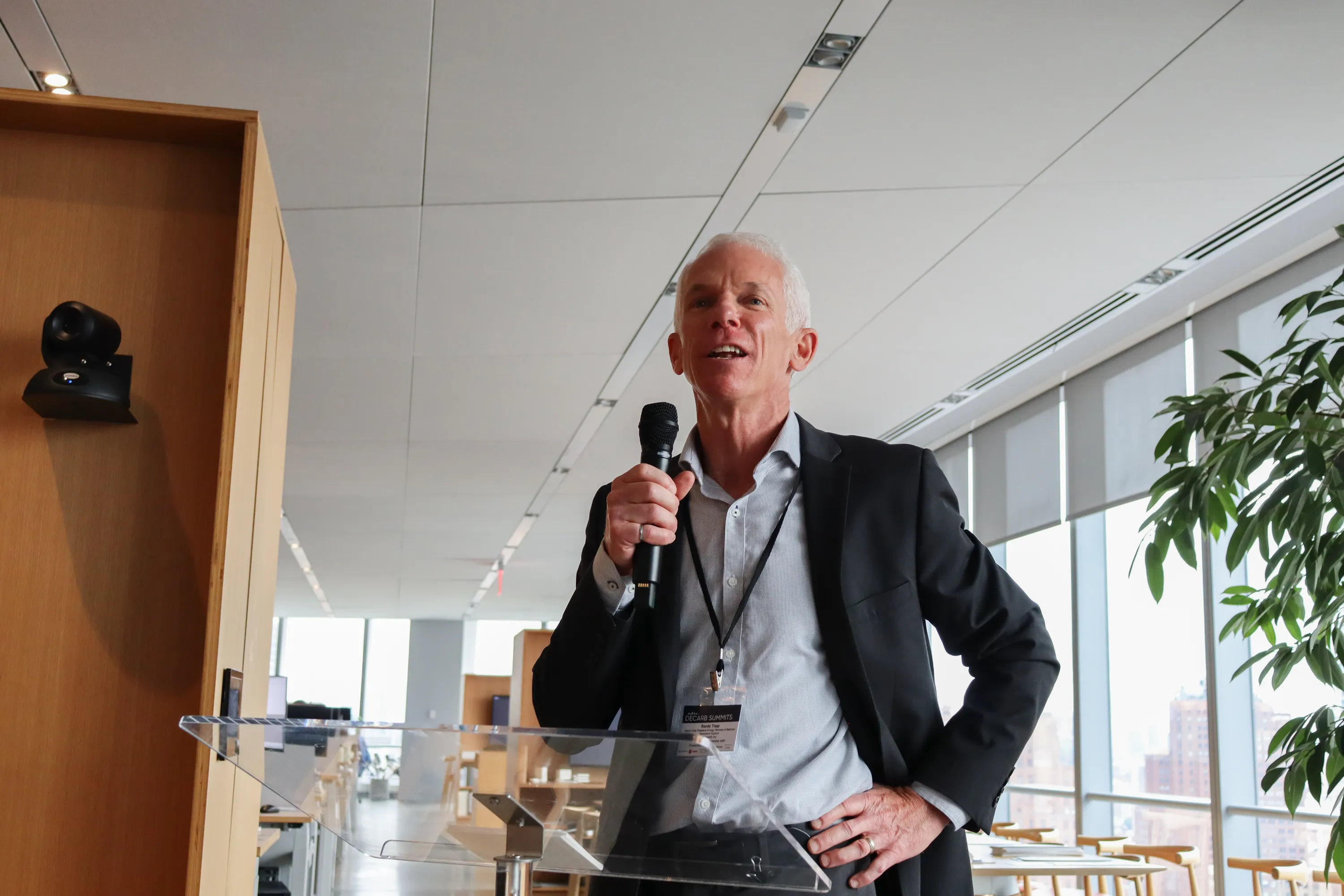
The cheapest kilowatt-hour is the one never demanded. Right-sizing begins at the facade, not the mechanical room. Institutions that lead with envelope performance—insulation, thermal bridges, glazing, shading, air sealing—and with disciplined ventilation strategies see immediate reductions in peak loads and operating costs. The risk is code-minimum compliance that drives future oversizing and retrofit churn. The reward is a campus that rides through grid stress with smaller systems and greater comfort.
Envelope-first programs are most effective when they are embedded early in capital planning. Architects, engineers, and commissioning teams align around clear targets for infiltration, thermal performance, and ventilation effectiveness. Passive House and similar standards provide useful guardrails in residence halls and academic buildings, flattening load profiles and enabling electrification without installing oversized central plants. On the controls side, lab airflows and demand-controlled ventilation now offer a large lever for universities with research operations, provided measurement and verification are in place.
Resilience is the quiet dividend. Tight envelopes hold safe temperatures longer during outages, which matters as electrification increases winter and summer peak exposure. In many climates, once envelope and ventilation are stabilized, a fraction of chiller or heat-pump capacity maintains conditions for most operating hours. That stability frees capital for renewable generation and thermal networks, and it reduces risk when projects move from single buildings to shared systems.
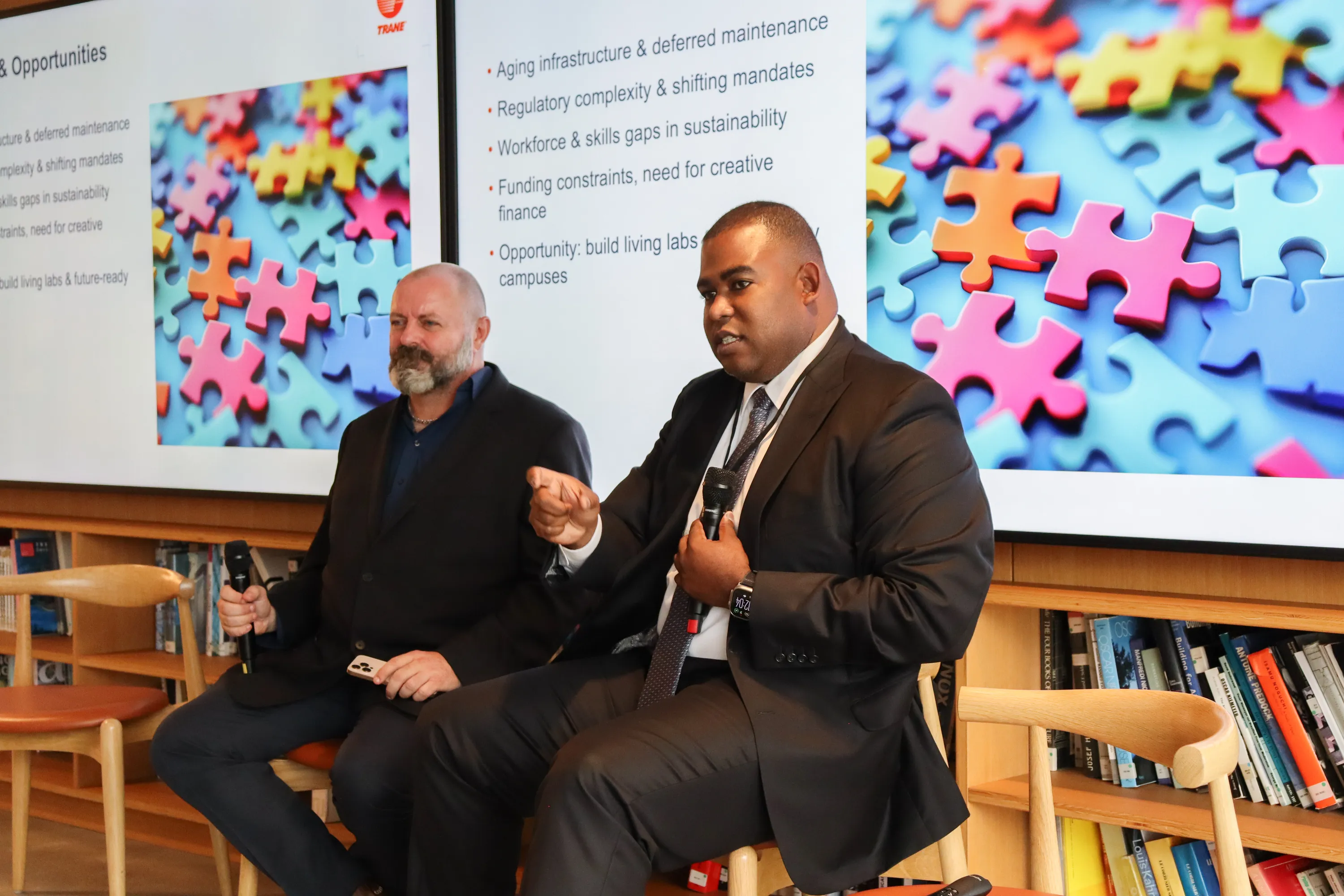
Operational emissions have dominated climate work, but embodied carbon is now the next frontier. Institutions are confronting the carbon tied up in concrete, steel, glass, and construction processes and are reframing buildings as long-term material banks. The risk is schedule pressure that defaults to demolition and business-as-usual procurement, locking in decades of additional emissions. The reward is a portfolio that lowers whole-life carbon while demonstrating fiscal prudence and environmental leadership.
Circular strategies start at the first meeting, not the last. Teams conduct pre-deconstruction inventories, capture salvage opportunities, and write reuse targets into drawings and bid documents. When timelines are tight, they prioritize the highest-impact materials and assemblies rather than spreading effort thin. Project logistics address labor and storage early, because those realities determine whether reuse survives value engineering. At neighborhood scale, living-lab projects are showing how circular guidelines, performance tracking, and transparent dashboards can make reuse repeatable across multiple sites.
A growing number of campus developments are also setting embodied-carbon reduction targets at the district level, not just per building. That frame makes it easier to choose materials and assemblies that serve both present performance and future adaptability. The cultural shift is important: circularity is not a marketing add-on. It is a risk and cost strategy that delivers durable value and positions institutions for upcoming procurement and disclosure requirements.
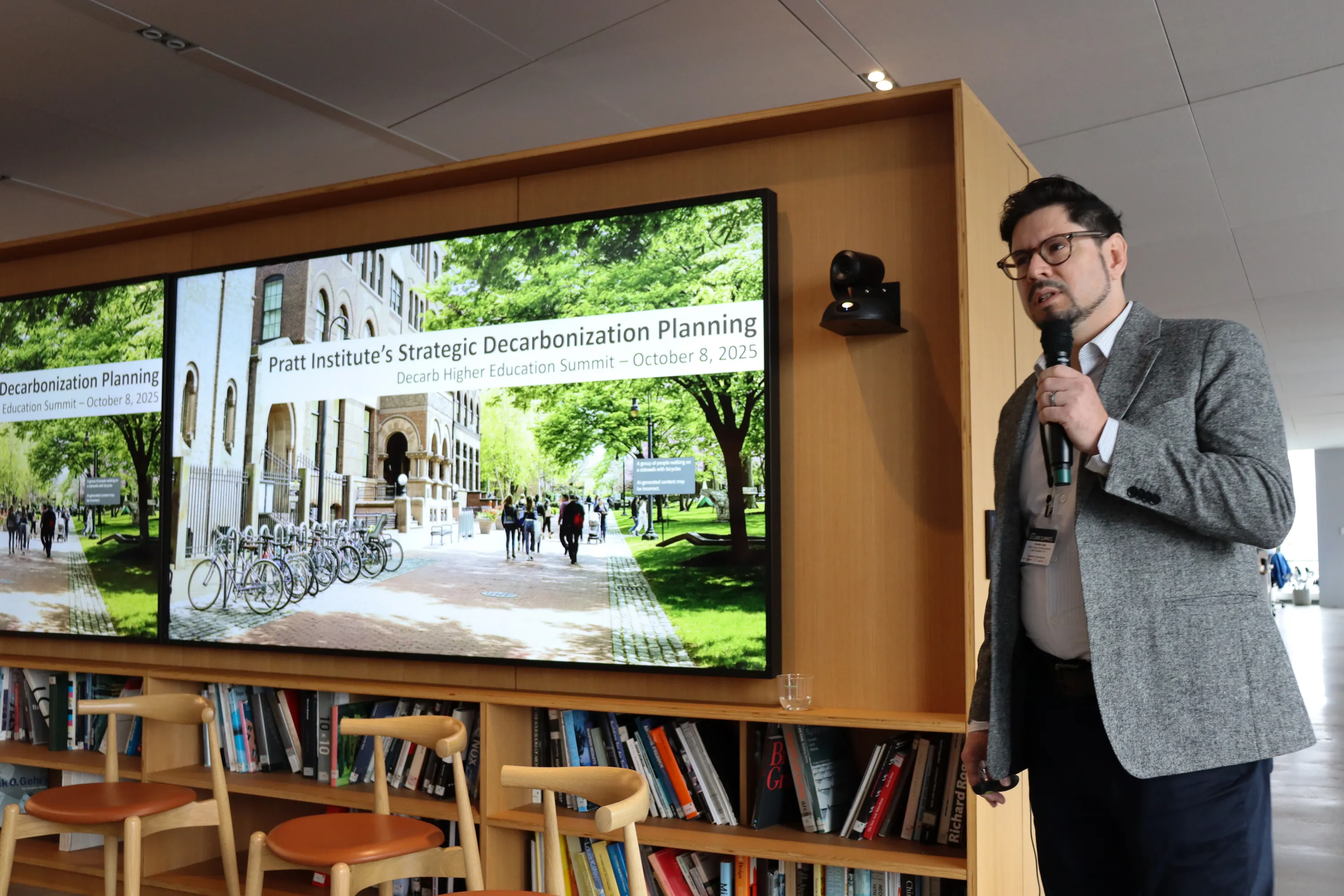
Finally, digital infrastructure is the connective tissue that turns strategy into daily performance. Smart controls, robust submetering, and predictive automation translate design intent into consistent outcomes. The risk is complacency. Many buildings still run on static schedules and incomplete sensor networks that hide waste behind comfortable temperatures. The reward is transparency and speed. With visibility across plants and zones, operators can reduce energy 15–20 percent quickly and verify progress in real time.
Effective programs follow a common arc. They begin with observation to establish baselines and operator trust, then automate adjustments that maintain comfort while trimming runtimes and peaks. Integration with legacy building automation via open protocols allows teams to avoid ripping and replacing functioning systems. Submeters at the plant, floor, and major end uses feed public or internal dashboards, which change behavior as much as equipment ever will.
Demand response is the next logical step. Pre-cooling playbooks, targeted setpoint shifts, and staged curtailments are operationalized so that participation becomes routine rather than a scramble. As campuses electrify and add storage or cleaner backup generation, winter participation expands and revenue grows. Critically, this revenue is ring-fenced to fund further efficiency and metering, compounding returns and reinforcing a culture of continuous improvement.
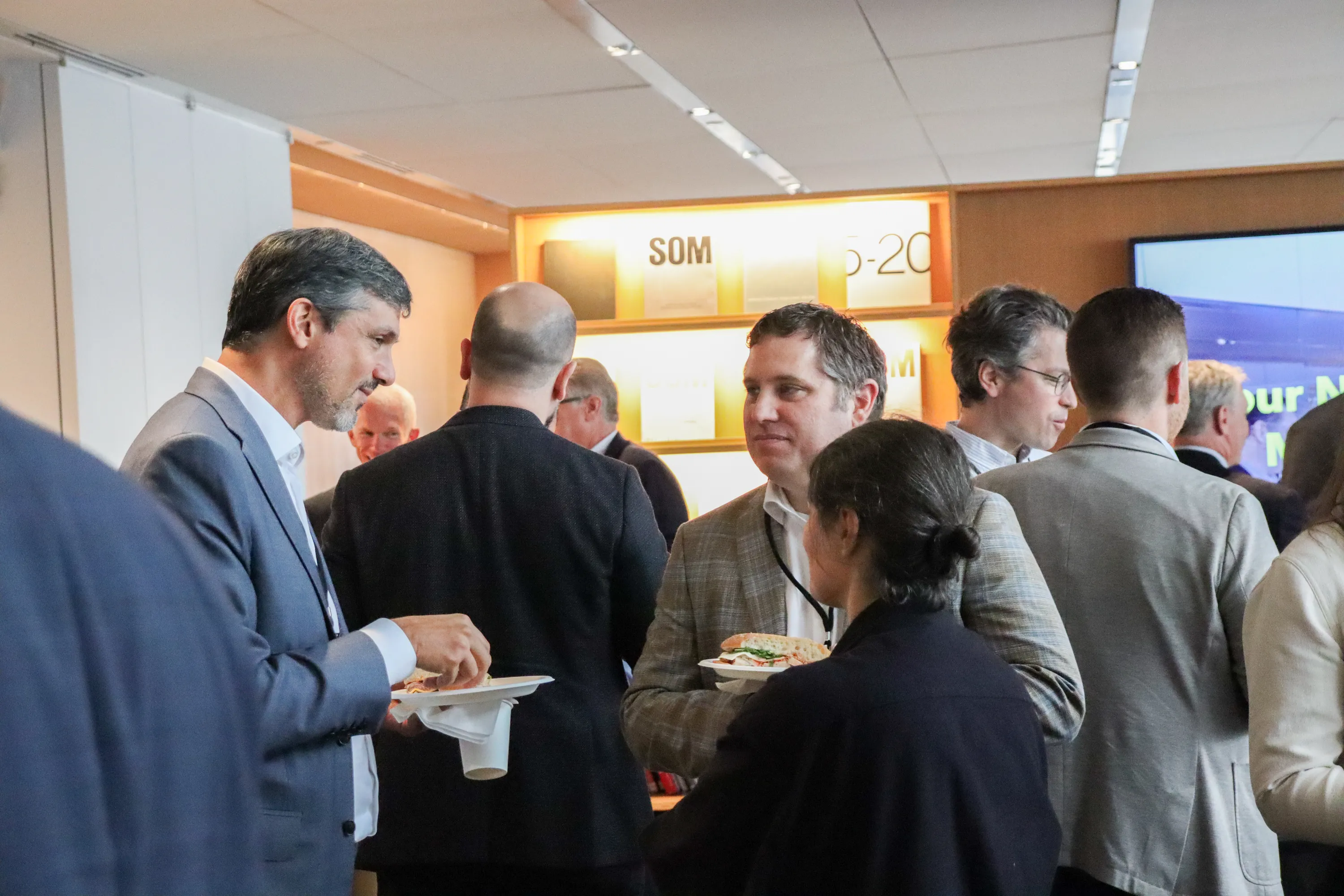
Conclusion: Turning Momentum into Infrastructure
A clear pattern emerges across these themes. The institutions making the most progress have stopped searching for silver bullets and started managing climate risk through the same lens as any core utility: reliability, affordability, and measured performance. They build credibility with pragmatic actions, avoid stranded investments by planning for ambient thermal networks, and finance outcomes through stacked incentives and revenues rather than single-threaded capital asks. They cut demand at the facade before electrifying, design for reuse from the start, and use data to close the gap between designs and the way buildings actually run.
What happens on campus will shape the next wave of urban decarbonization. The most transferable lesson is not a specific technology, but a posture. Treat decarbonization as disciplined infrastructure work that compounds through coordination. Start where you are, prove results this year, and structure every success so it pays for the next one.
Stay on the frontlines of climate strategy. Join 15,000 other professionals and subscribe to the Decarb Insider, the monthly newsletter covering actionable insights from Decarb Summits and invite-only roundtables. Follow Decarb Summits on LinkedIn and join the community building tomorrow’s resilient cities.
